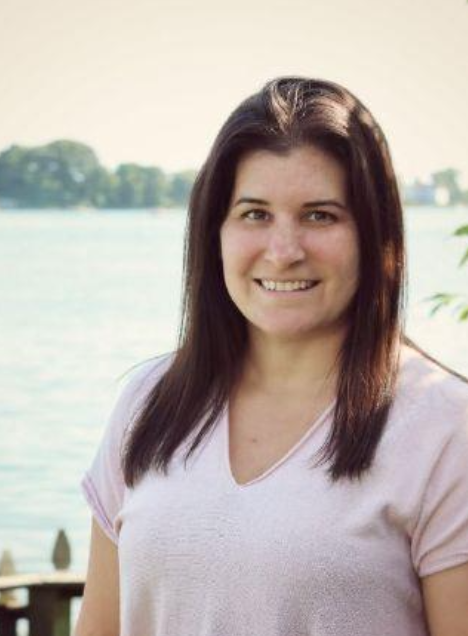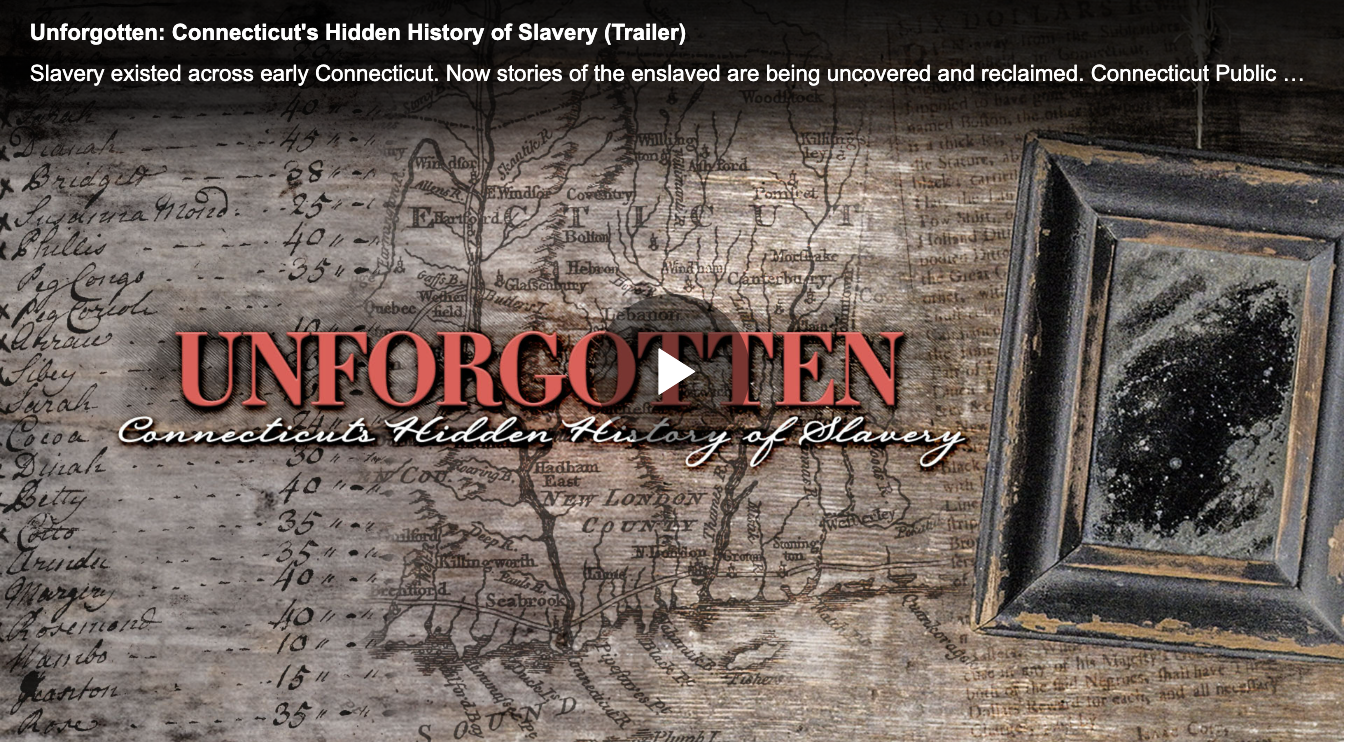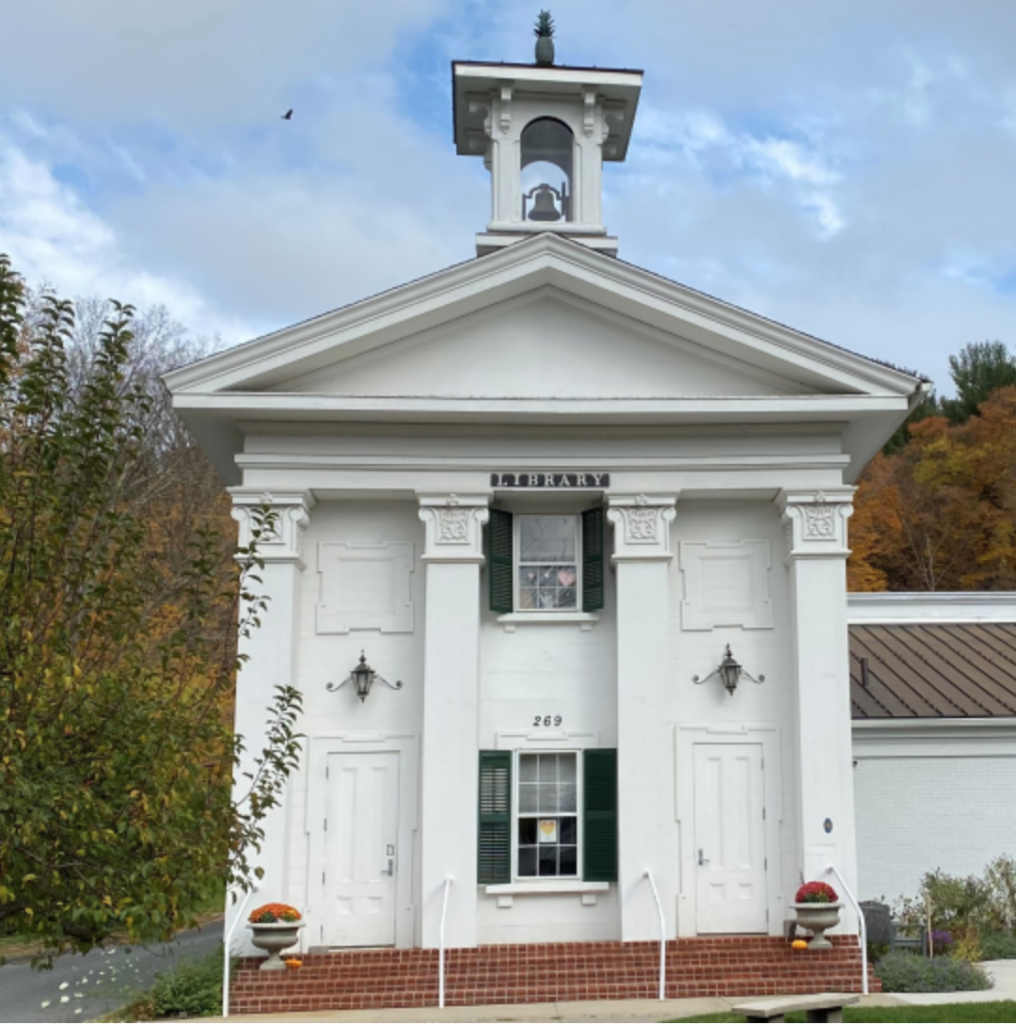
In Zip06.com on August 28, 2024
With ties to Branford in her family history and a love of history and her community, Kaitlyn Goodwin is helping the Branford Historical Society (BHS) develop exciting new educational programs and create social media connections in the 21st century.
Kaitlyn is a member of the Goss family, one of the founding families of Branford’s Pine Orchard Association. A Branford native and Branford High School Class of 2005 alumna, Kaitlyn teaches U.S. History and World History at James Hillhouse High School in New Haven.
After earning her degree in history from Salve Regina University in Rhode Island, Kaitlyn came back to Branford and got involved with BHS by volunteering as a docent at the historic Harrison House Museum and Barn, owned and operated by nonprofit BHS. Kaitlyn also briefly joined the BHS board before moving away to live in Stratford.
About three years ago, Kaitlyn and her husband, Chris Goodwin, moved back to Branford with their daughter, Stassia, now five. Chris is the General Manager of the Pine Orchard Yacht & Country Club.
Shortly after returning to town, Kaitlyn reached out to BHS to reconnect and with the idea about how she could assist the all-volunteer organization.
“I noticed they had no social media presence, and I asked the board president if he would be interested in creating a Facebook and Instagram presence to help put them more on the map with a younger audience,” says Kaitlyn.
The answer, of course, was yes. Kaitlyn stepped in to serve as BHS social media maven, a role she continues to support. She reconstituted the BHS Facebook page and established the BHS Instagram page, which is alive with interesting photos from current BHS events as well as vintage photos and images of Branford people, places, and things, together with other posts of historical interest. Search @branfordhistoricalsociety on both platforms to follow news of BHS and and stories from Branford’s past.
Shortly after reconnecting with BHS, Kaitlyn was tapped to fill a vacated role on the BHS board as Recording Secretary, a volunteer post she continues to hold.
As a high school history teacher, Kaitlyn is happy to offer her skill set and knowledge of history education to enhance the BHS board and is honored to be a part of its hardworking and talented group of dedicated members.
One of Kaitlin’s current interests is to share the stories of enslavement in Connecticut. Earlier this year, working with the Connecticut-based Witness Stones Project, BHS was involved in a collaborative effort to install Branford’s first Witness Stone to honor Cambridge, a man enslaved by the Gould family in Branford circa 1757.
The stone was dedicated on May 3 with its installation outside Branford First Congregational Church, for which the church hosted a special service and ceremony. Students and teachers of Branford High School (BHS) Social Studies worked with the Witness Stones Project to research the history of Cambridge and helped to share his story at the ceremony. Funding for the project was contributed by Branford Historical Society and the Branford Community Foundation.
“The Witness Stones Project finds out about an enslaved person in the community and brings that information to students. The students are able to learn about the enslaved person through primary source documents and write a narrative of the enslaved person; and honor the enslaved person by laying a stone in their name where the person lived, worked or prayed, “Kaitlyn explains. “I thought it was such a cool project that I brought it to Hillhouse. We’ve laid two stones thus far, and I hope to continue the project.”
She says the project is very meaningful and necessary.
“I find it really powerful to be able to honor the people who built our communities, and to have students truly understand what enslavement looked like in Connecticut. It’s something I’m definitely very passionate about — not only teaching it, but learning about it myself,” Kaitlyn says.
The Witness Stones Project efforts undertaken by Kaitlyn’s students at James Hillhouse High School were recently featured on Connecticut Public’s podcast, “Connecticut’s Hidden History of Slavery,” a series of five reports.
Helping BHS to provide education on the history of Branford to her home community, as well as helping build and strengthen community among residents with BHS programs and events, is a special honor for Kaitlyn.
“I think there are so many organizations and people in Branford who are dedicated to making Branford the special town that we live in, and I love being part of that,” she says. “Since the 1970s, the Branford Historical Society has done such an amazing job at preserving history and educating.”
Kaitlyn has been helping the BHS board focus on the educational aspect and envision expanding its educational offerings.
“In the next two months, we’re partnering with a GPS-based app, and we are going to create a Branford-wide history hunt that’s geared to youngsters, but anyone can do it. We’re really excited for that,” says Kaitlyn.
Using the app, history hunters visiting Branford locations on the hunt will earn badges for reaching the site, and can open up the app to click through historic information and pictures about the place.
On Aug. 21, BHS hosted a unique community-based celebration that drew many to the Harrison House Museum to help commemorate the bicentennial of General Marquis de Lafayette’s farewell tour through the area (see “BHS Celebrates Bicentennial of Lafayette’s Farewell Tour Branford Visit,” p1).
Recently, BHS received a CT Humanities grant providing for an assessment of the museum collection. Next, BHS will be working with Branford historian Jane Bouley to develop collection narratives.
“We’ll be working a lot with Jane Bouley in the next year on defining the stories that we want to tell from Branford within the Harrison House, and then the Harrison’s story, themselves,” says Kaitlyn. “There are a lot of exciting things the Branford Historical Society will be working on in the next year.”




